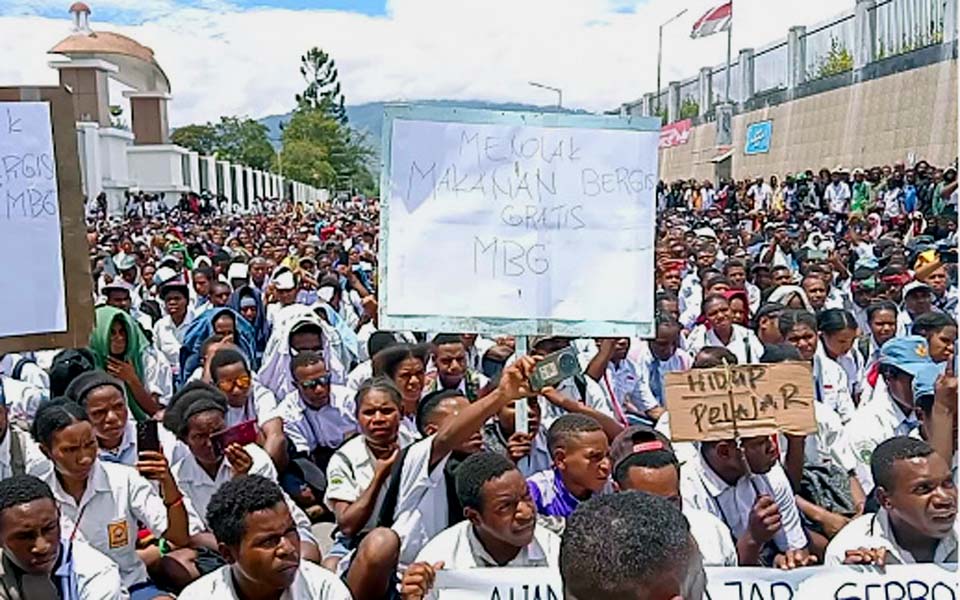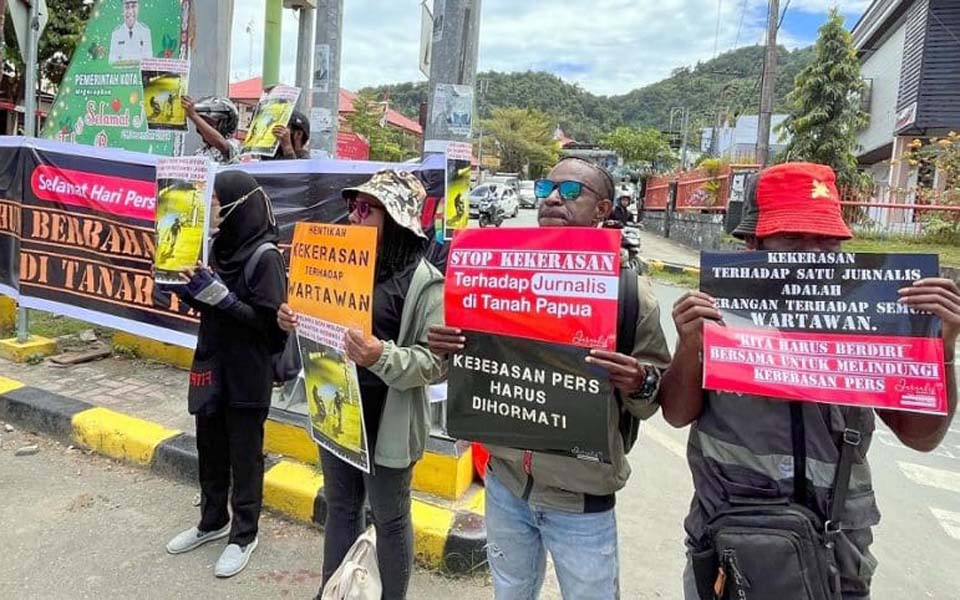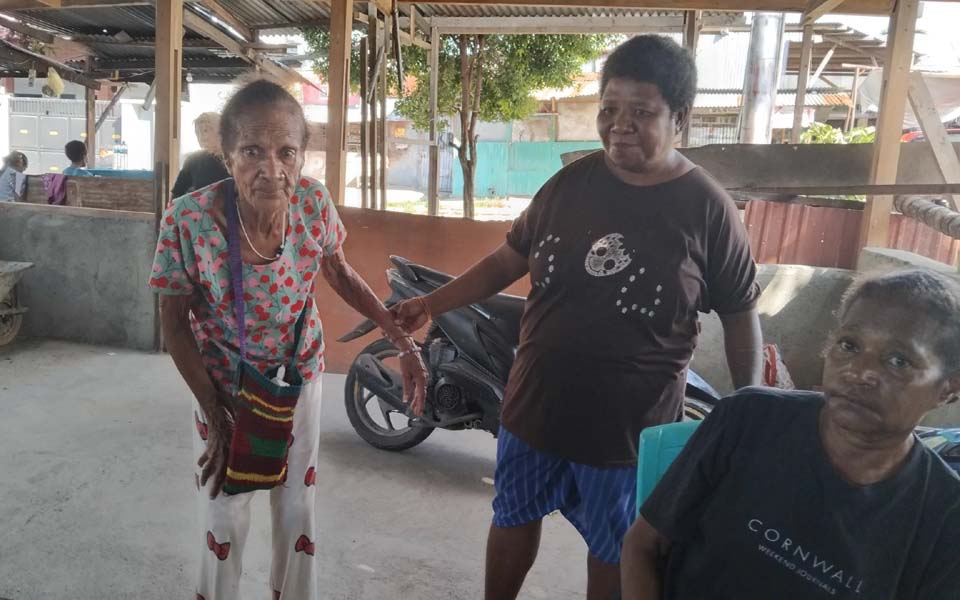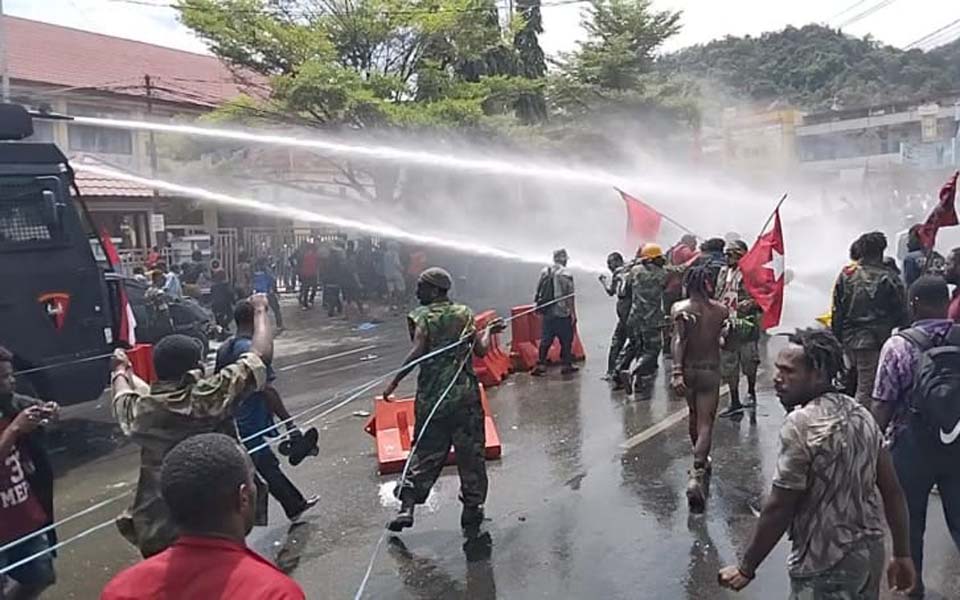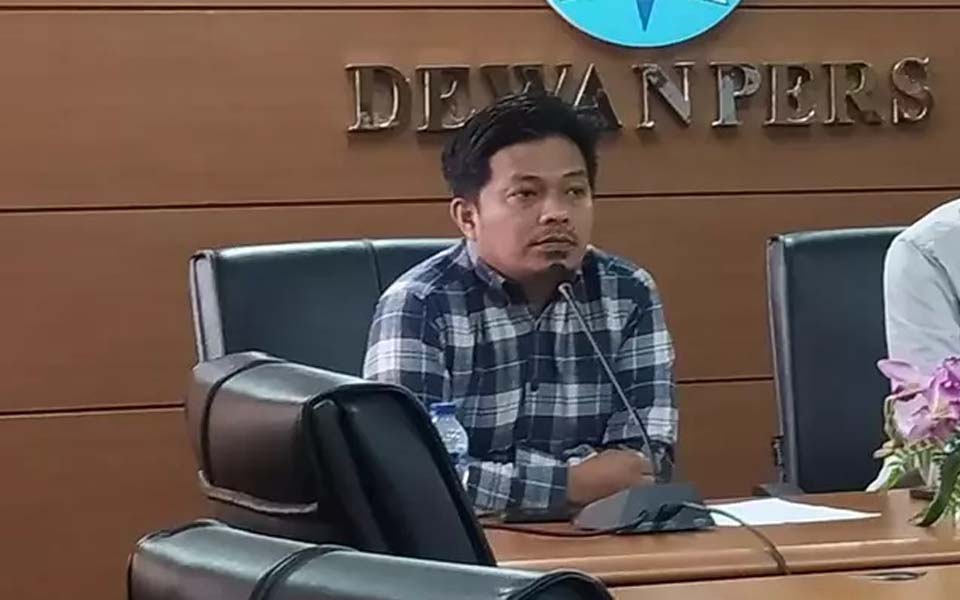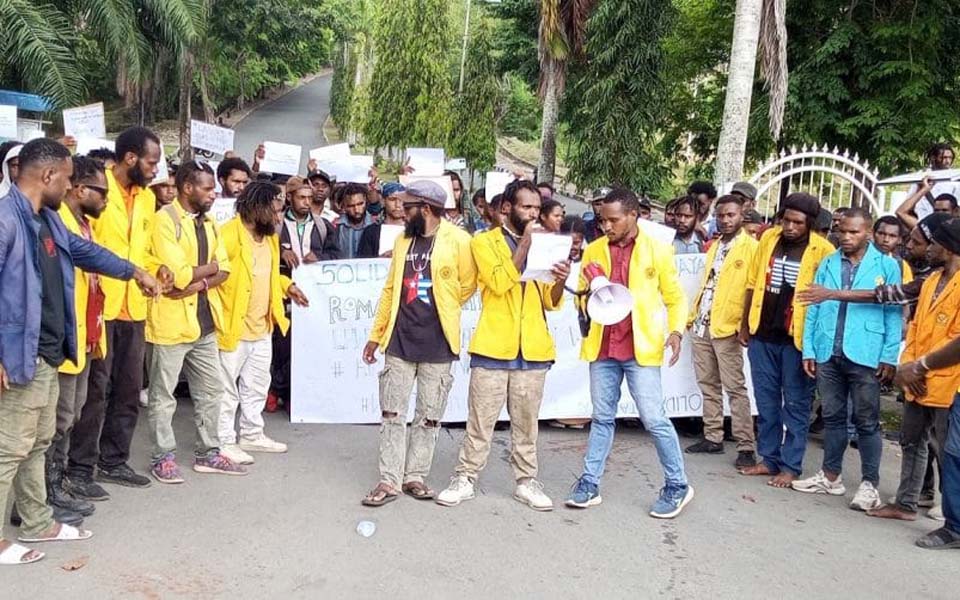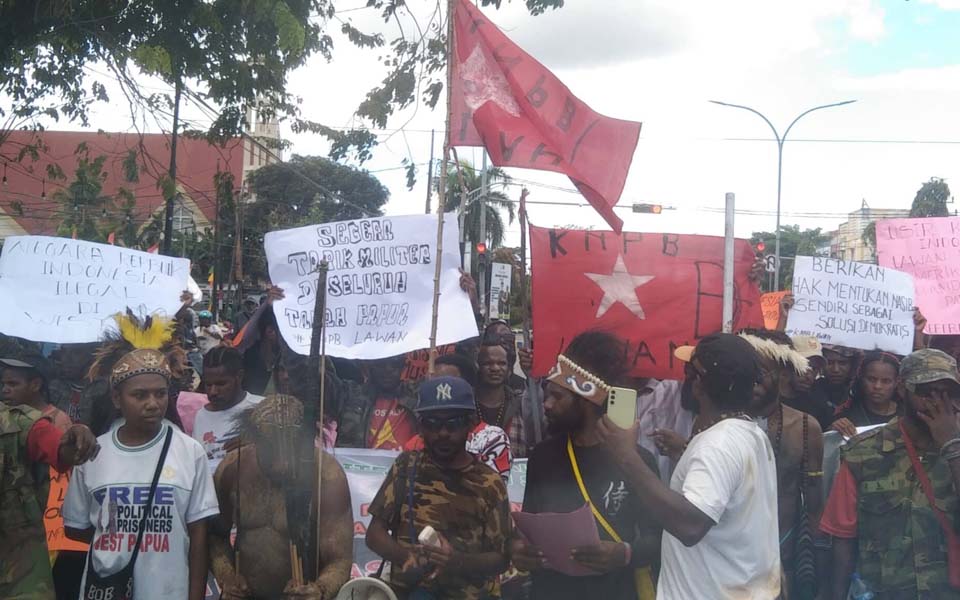Jakarta – The 2019 Press Freedom Index in Papua is still in the lowest position out of Indonesia’s 34 provinces. The Press Freedom Index for Papua stands at 66.56 or “slightly free”, or only one level above “almost free”.
This was based on results of the 2019 Press Freedom Index survey which was presented by the Press Council in Jakarta on Monday November 4.
The Press Freedom Index uses a scale of 1-100 with a higher score or a score in a range of 90-100 being categorised as “free”.
Based on the Press Freedom Index by province, Papua is in last position, although the index for Papua improved slightly this year from only 59.30 in 2018.
The province which obtained the highest score this year was Southeast Sulawesi with a score of 84.84 followed by Aceh (82.85), Central Kalimantan (80.94), Riau (79.82) and North Kalimantan (78,78).
Press Council member Asep Setiawan stated that the press freedom score for Papua is still categories as “almost free” and this cannot be separated from the social, political and security situation which is still categorised as critical.
“Because what is shown by this index is that in general Papua is still ranked as the lowest”, said Setiawan after presenting the 2019 Press Freedom Index survey results in Jakarta on Monday.
Many human rights organisations have criticised the administration of President Joko “Jokowi” Widodo for not allowing broad access for journalists to report in Papua. Over the last five years, alleged human rights violations have continued to occur in Papua.
Setiawan stated that an assessment of press freedom in the land of the Cendrawasih, as Papua is known, can be seen from the three classifications used in the survey, namely, the political and physical environment, the economic environment and the legal environment.
For the physical and political environment, said Setiawan, the situation is still critical making the work of journalists difficult. These difficulties are caused by security forces as well as members of the public.
Unfavorable conditions
Setiawan stated that the economic environment is not very different. The ownership of companies and prosperity are not on par with other provinces.
“Finally the legal environment, the legal issues are related to threats against press freedom. This is also something which is an indicator in Papua, and it’s still not favourable”, said Setiawan.
Because of this therefore, Setiawan said that the government needs to develop press freedom and the mass media in Papua by providing access for journalistic work. Openness towards the press will assist journalists in understanding the social and political situation in society.
“So if access to information by journalists and the mass media on the political situation is high, then it will actually provide a positive impact on the social, political and economic situation”, he said.
Setiawan stated that it is important for the central government, the regional government and the security forces to provide the broadest possible access to reporting in Indonesia’s easternmost province.
“What for? A high index depicts press freedom, which at the same time has a correlation with democracy and the economy. That’s what’s important”, he said.
The 2019 Press Freedom Index used a quantitative and qualitative approach. For the quantitative approach face to face interviews with expert respondents with a questioner were used. The qualitative approach used focus discussion groups with specialist sources.
The Press Freedom Index survey covered three aspects, namely physical and political, the economic environment and the legal environment. There were 20 indicators used in the survey involving 408 specialist resource people as respondents in 34 provinces.
[Translated by James Balowski. The original title of the article was “Di Era Jokowi, Indeks Kemerdekaan Pers di Papua Terendah”.]






